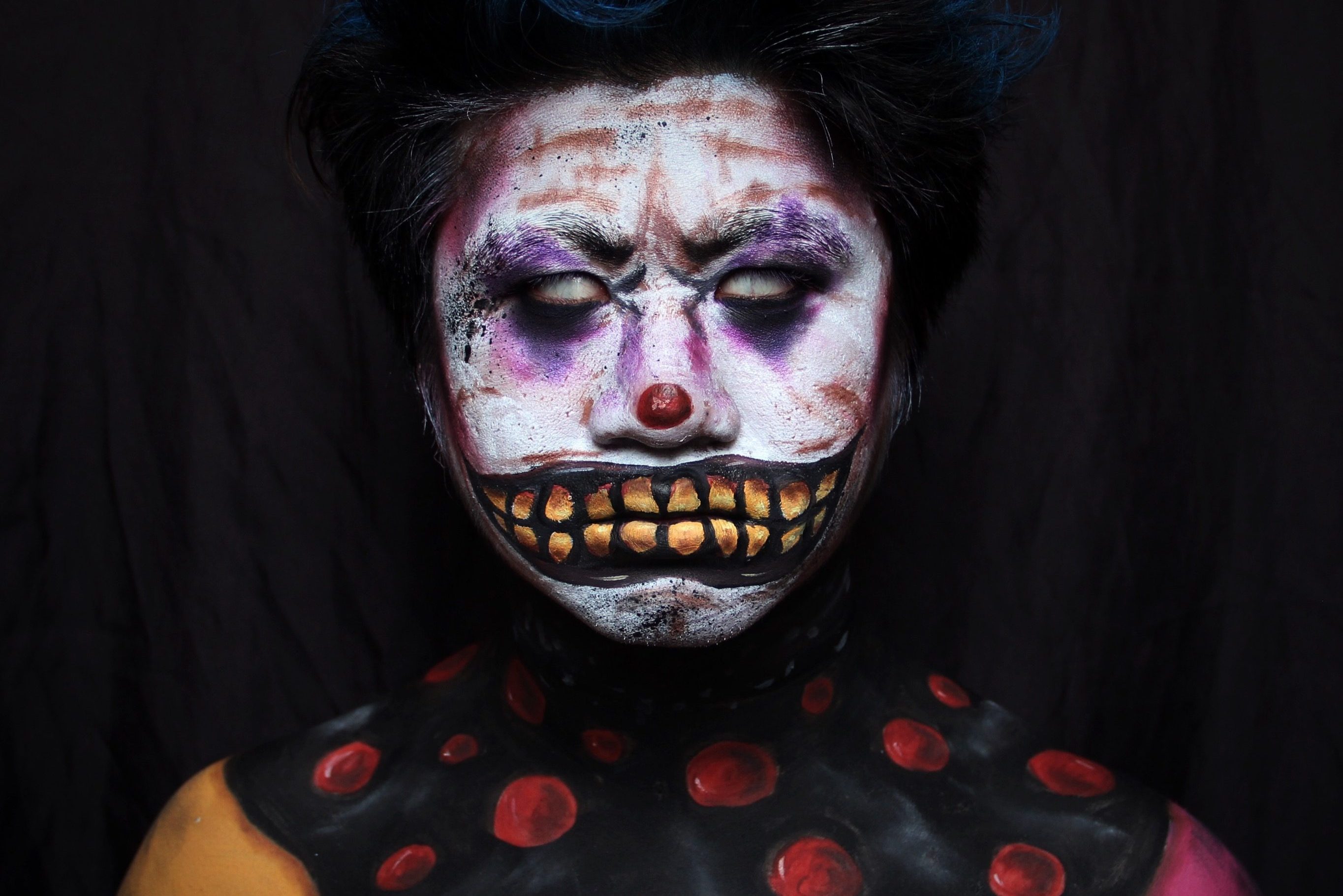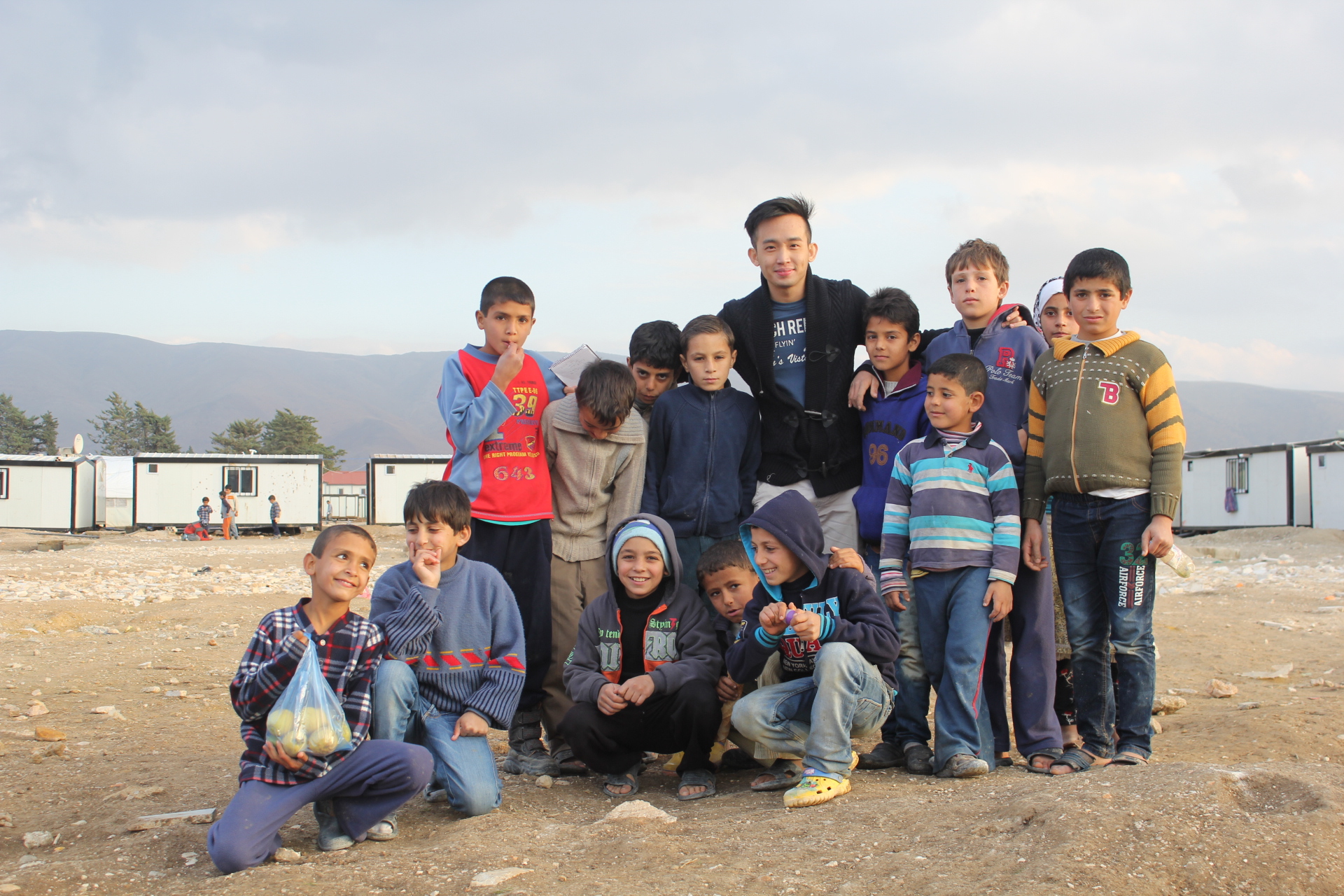A teen finding himself the victim of schoolyard bullying is not an uncommon tale. According to police statistics, there were over 3,000 cases in 2015 alone.
Srishagon Abraham is, however, not a common teen.
Srishagon, 16, drew upon his experiences being bullied and came up with an idea – to develop an app that incorporated a support system connecting troubled youth with volunteers who could help, and an easy-to-use messaging system.
He pitched this idea, called Friendable, at Unicef’s HLM3 Youth Innovation Challenge (HYIC), a programme designed to handpick the best social innovation ideas from around the Asia Pacific region, and he was the youngest participant.
“Being bullied really affected me. I was too afraid to tell anyone, but by keeping quiet, things just got worse,” he said.
He described that period as “the lowest point in my life”, but the plucky teen didn’t stay down for long.
He picked up the courage to confront his bully – and that turned out to be a turning point for him.
“I managed to start afresh,” he said with a smile. “Being able to stop the bullying gave me the confidence to speak up and be comfortable in my own skin. I became a new person – one who had a voice.”

Srishagon, the youngest participant of the HLM3 Youth Innovation Challenge, prototyped an anti-bullying app, inspired by his experience as a victim of school bullying.
Inspired by Nigerian novelist Chimamanda Ngozi Adichie, a feminist whose speech We Should All Be Feminists was sampled in Beyonce’s Flawless, Srishagon started involving himself in public speaking activities and social work.
“Chimamanda’s speech changed my life,” he said. “After that, I wrote my first speech about something that really matters to me – feminism. From there, I started writing about other issues close to my heart, like bullying.”
His newfound confidence and passion for social change helped him make it to the top 44 of HYIC.
The challenge received 650 submissions from 15 countries, of which only 73 were chosen to take part in a six-week online learning and mentorship programme. Of that 73, 44 were chosen to attend a bootcamp in Malaysia, jointly organised by Unicef Malaysia and social enterprise Tandemic.
Srishagon was one of the 44, learning how to pitch ideas and apply design thinking to his ideation process.
“The judges were super friendly and made me feel like they loved listening to my views and solutions!” he enthused.
But what he was most excited about was the chance to learn design thinking – a methodology that helps people understand and develop creative, user-centric ways to tackle issues.
At HYIC, the issues included universal health coverage, violence against children, and social protection for families.
“Design thinking taught us to see new ways to approach problems,” he said. “For instance, it helped me see things from a victim’s perspective. I thought I already had that perspective, being a victim myself, but everybody’s experience is unique.”
Despite his solid idea and weeks of hard work, Srishagon fell short of his goal – to be part of the top three.
The top three participants received the opportunity to pitch in front of senior government officials at the Third Asia-Pacific High-Level Meeting on Child Rights (HLM3) and received US$5,000 (RM22,000) in seed money to implement their ideas.
“My team and I are much younger than the other participants, so we faced a lot more restrictions,” he lamented.
“The others could go to rural islands to conduct research and interview people, but we have curfews and exams to study for. In the end, it was a lack of preparation that brought us down.”
Despite this temporary setback, Srishagon doesn’t feel he lost out.
“Maybe it just wasn’t the right time for the app. But the bootcamp taught me so much! I also learnt so much about the problems faced in other countries, like Nepal and Indonesia,” he said.

Srishagon’s prototyped app, Friendable, connects victims of bullying with professionals who can provide support.
“It doesn’t matter if it doesn’t directly concern me. As part of humanity, we’re connected to each other and the world. We should care. If everyone cared just a little bit more, the world would see a huge change.”
Passionate about social issues and politics, he plans to study law and become a civil rights lawyer someday.
“I want to give people a voice, especially minorities and those who are oppressed,” he said.
“If possible, I’d like to go into politics one day, and use my voice to give the voiceless a chance to be heard.”
Srishagon’s social activism and participation in HYIC resulted in a plot twist in his own bullying story.
While conducting research for his social innovation idea, he contacted his former classmates to get interview subjects.
Surprisingly, his childhood bully responded, agreeing to an interview. As it turns out, the bully himself was bullied in school.
“It just makes you think: maybe if he wasn’t bullied, or had received help during that period in his life, he probably wouldn’t have bullied me!” he said.
“It’s people like him who would’ve benefited the most from my app.”
If you’re interested in supporting Srishagon’s idea for an app for victims of bullying, email him at srishagon@gmail.com.
The top three
THESE three HLM3 Youth Innovation Challenge (HYIC) participants won over the judges and government officials at Unicef’s Third Asia-Pacific High-Level Meeting on Child Rights (HLM3), taking home US$5,000 (RM22,000) worth of seed money to kickstart their social innovation ideas.

The top three finalists of the HLM3 Youth Innovation Challenge, which saw 44 participants from 17 countries pitch their ideas for social innovation, received US$5000 (RM20,000) each to fund their projects.
Kantheera Tipkanjanarat
Thailand
Project: CyberSmart
“Social media bullying is very common in Thailand, so much so that even children are starting to think it’s acceptable behaviour,” said Tipkanjanarat.
While interviewing students as part of the design thinking process for her project, she found that most of them couldn’t tell the difference between bullying and teasing.
“They thought that as long as there’s no physical contact, it’s not bullying,” she said.
In order to make the Internet a safe space, she and her team came up with CyberSmart, a mobile app that uses games to teach secondary school students about bullying, and connects victims to professionals.
Bonita Sharma
Nepal
Project: Nutribeads
More than 50,000 children die in Nepal each year, 60% of them due to malnutrition. To find out why, Sharma went to the grassroots to interview mothers. She found that a lack of nutritional education was the problem, so she came up with Nutribeads.
Nutribeads consist of 21 different-coloured beads, each bead representing a food group.
“My mentor suggested I print labels on each bead so the mothers will better remember the essential food groups,” Sharma, who plans to distribute the beads in hospitals.
“We strung the beads into bracelets so mothers can wear them as accessories, ensuring they’re in plain sight so they won’t forget about nutrition.”
Sherley Mega Sandiori
Indonesia
Project: 1000 for 1000
The Thousand Islands are a string of islands off the coast of Jakarta, Indonesia, with a population of 25,000.
There is only one healthcare facility, with about three doctors and eight nurses to cater to all these people, and those with serious injuries or illnesses have to travel to the capital to receive medical attention.
1000 For 1000 aims to channel 1,000 volunteers to the islands, ensuring the people there receive more care.
“I used design thinking to structure a solution, by finding out which needs had to be addressed first,” said Sherley.
“I think young people need to take an interest in social issues, and figure out how to fix them because we’re the ones who will be taking over the world one day. Our parents will not be facing these problems. We will.”





Leave a reply